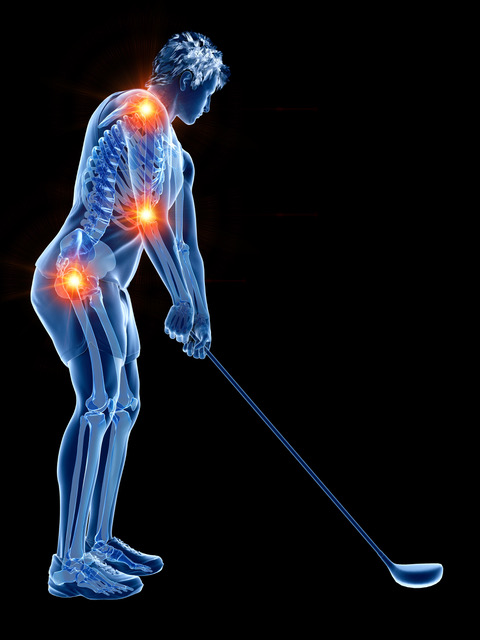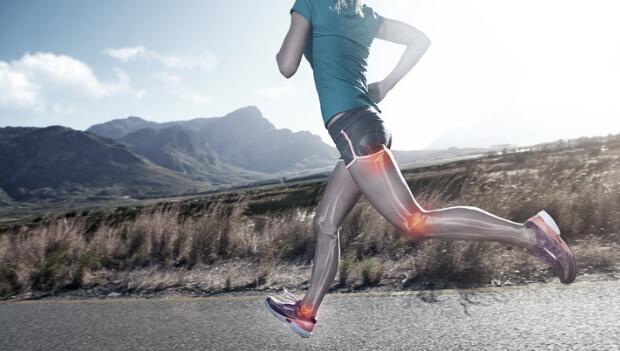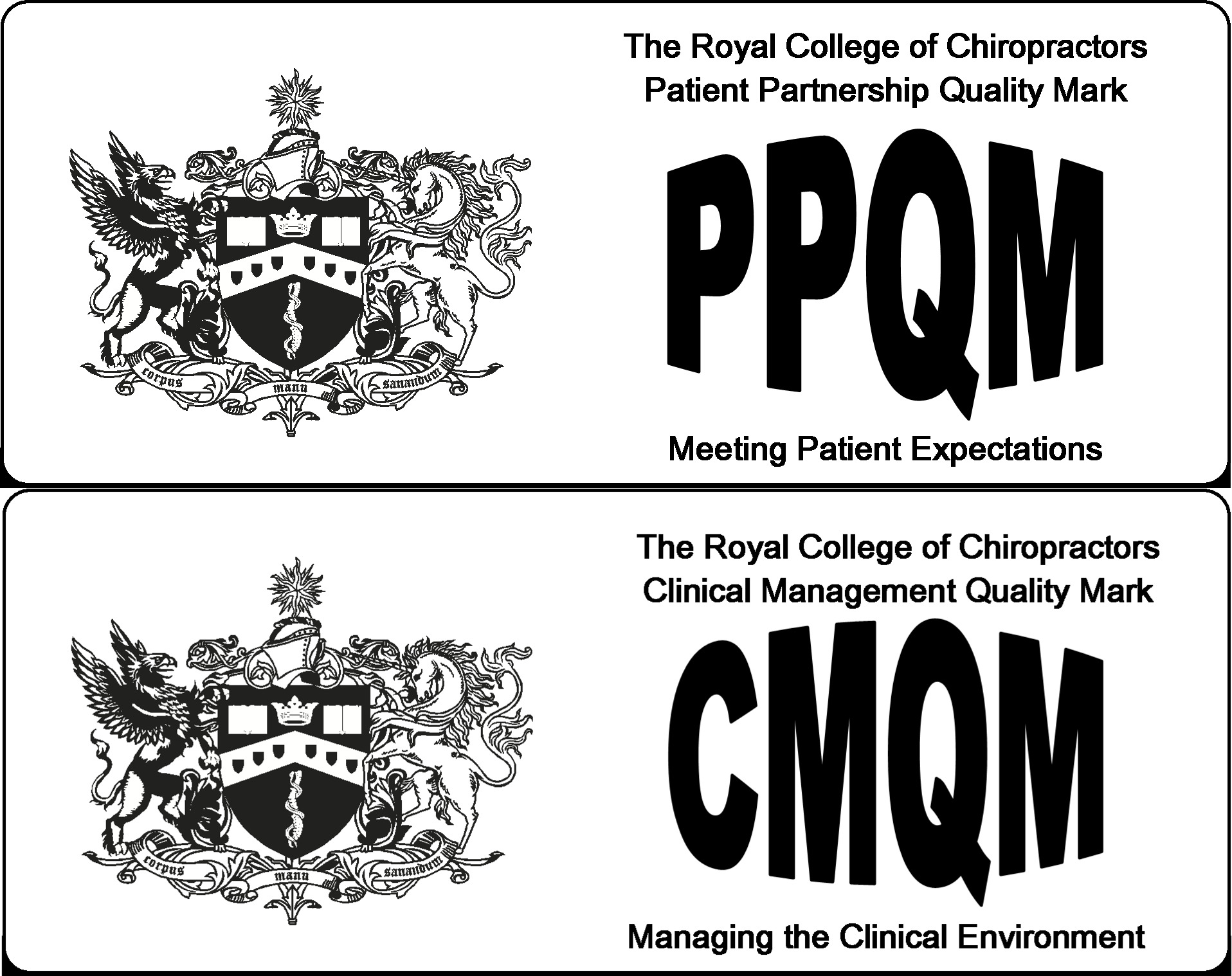GOLF
Golf is a unique sport which is growing in popularity around the world. It can be played regardless of age, gender and skill level. Golfers are prone to a number of injuries, with low back pain being one of the most common. It is estimated that low back pain accounts for 26-52% of golf specific injuries.
Why is low back pain common in golfers?
Poor swing technique plays it part. Amateur golfers place more load on their backs in their effort to hit the ball harder and further when compared to professionals. It is also likely that amateur golfers have inferior physical fitness compared to their pro counterparts making any underlying lower back weakness more likely to be exacerbated by the extra effort they are putting into their swing.
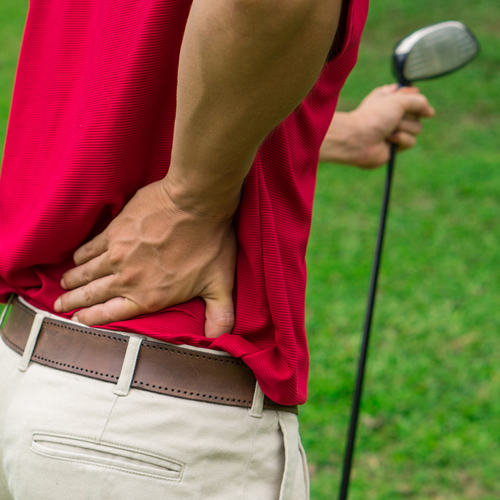
Experience the Benefits of Chiropractic Care Today
Modern vs. Classic Swing
The modern swing emphasises a large shoulder turn with minimal hip turn. The restricted hip turn is accomplished by keeping the front foot planted flat on the ground throughout the swing. This maximises shoulder-hip separation, and is thought to “quiet” the lower body and increase the chance of striking with a square club face. This separation angle is known as the X-factor. This swing can be problematic as it causes increased side-bending, called the crunch factor and exaggerated lumbar extension on follow-through, known as the reverse C position, all of which are contributors to low back problems.
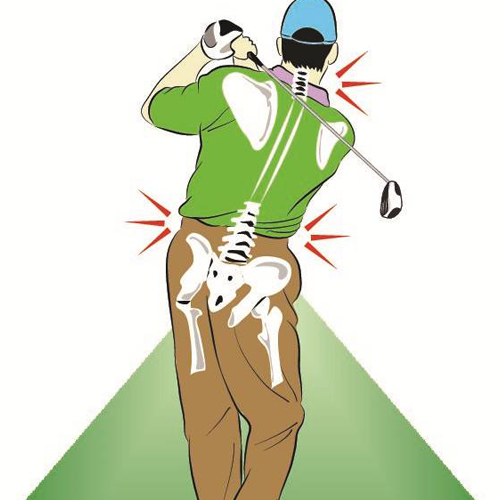
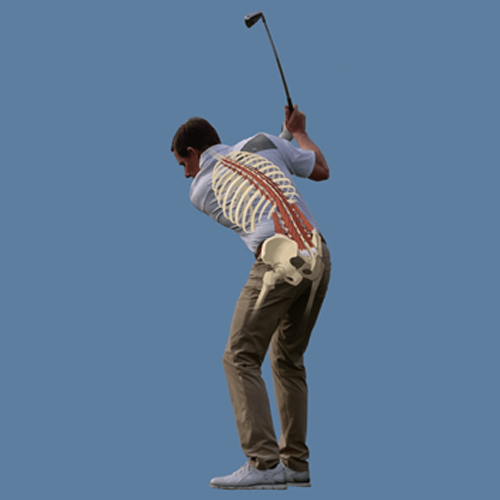
Another reported advantage of the modern swing over the classic is the higher ball flight achieved which produces a softer landing approach to the green. This allows the golfer to hit the ball at the flag knowing the ball will stop shortly after landing.
The classic swing aims to reduce the X-factor by raising the front heel during the backswing to increase hip turn, or by shortening the backswing, or a combination of the two. By reducing the separation between the shoulders and the hips, twisting forces on the lumbar spine are reduced. This swing also serves to reduce the crunch factor by producing a balanced upright form and ends the swing with an erect finish with balanced shoulders. Case reports by chiropractor back pain indicate that the classic swing can reduce the incidence and recurrence of low back pain.
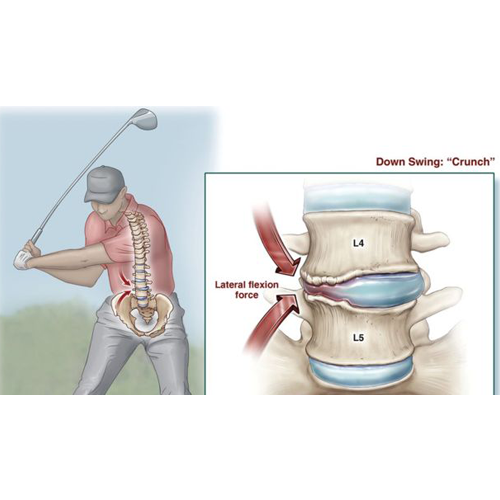
Forces upon the spine during the golf swing
The golf swing combines twisting, compression, side-bending and forwards-backwards sheer to the lumbar spine. These combinations of movements are also recognised risk factors for disc herniation. Studies have revealed that during a golf swing the lumbar spine can sustain compressive loads of up to 8 times body weight.
Many instructors advocate that club head speed at ball impact is dependent on maximal spinal rotation during the backswing (or as large as possible – X-factor) and therefore recommend keeping the pelvis as stationary as possible while the spine is maximally rotated.
It is believed that maximal spinal rotation somehow engages the “big” muscles of the back, allowing for a sling-shot effect during the downswing. However, this theory does not make sense when studies have shown that the abdominal obliques do most of the work during rotation of the spinal column, and is therefore not necessary to engage the larger back muscles.
The source of power generation in the golf swing involves the creation of elastic energy. This is created by imparting a short quick stretch on the muscles involved in performing a particular movement. In the case of the golf swing the rotator cuff muscles of the shoulder, the latissimus dorsi and pectoral muscles are the “power muscles” as well as the muscles of the arm and forearm. To effectively pre-stretch these muscles, no spinal rotation is needed.
The only purpose for pelvic and spinal rotation in the back-swing is to achieve a body position that allows for effective club head delivery at impact.
3 reasons to adopt a short backswing:
- A short swing with less spinal rotation gives a golfer more control of the golf club and club head throughout the swing, which translates to better control of the golf ball.
- Research has demonstrated that short backswings achieved the same club head speed at ball impact as long backswings.
- A short backswing will help to minimise the torsional stress in the lumbar spine.
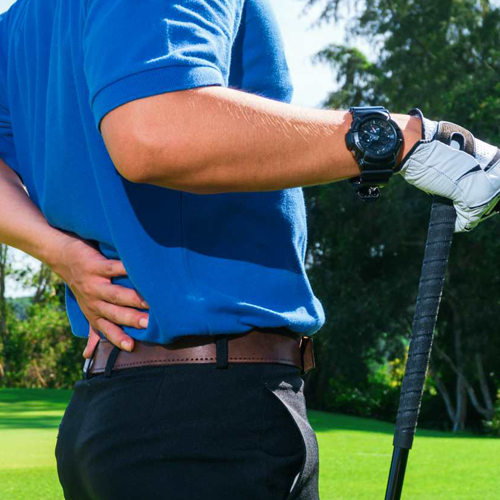
[/vc_column_text][/vc_column][/vc_row]

